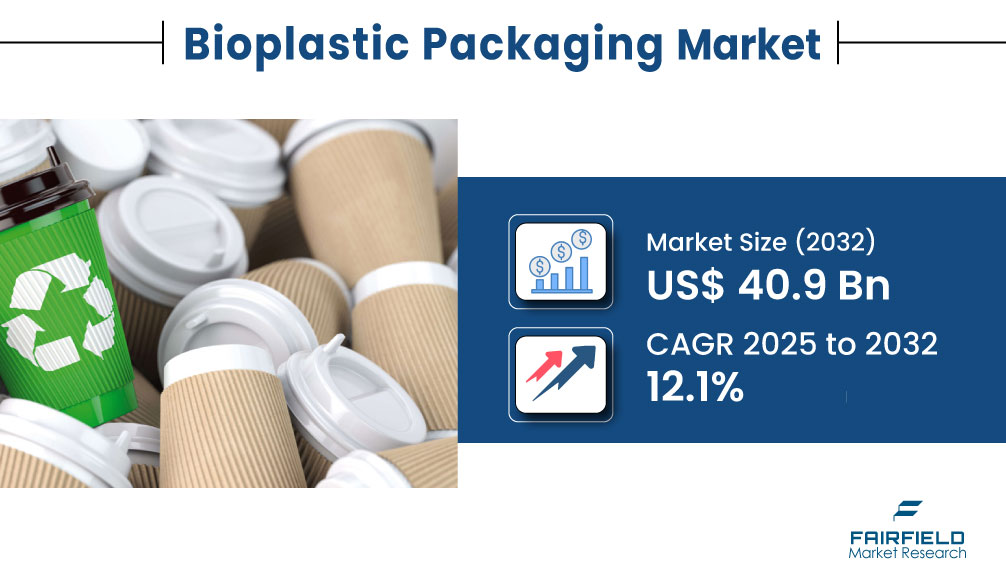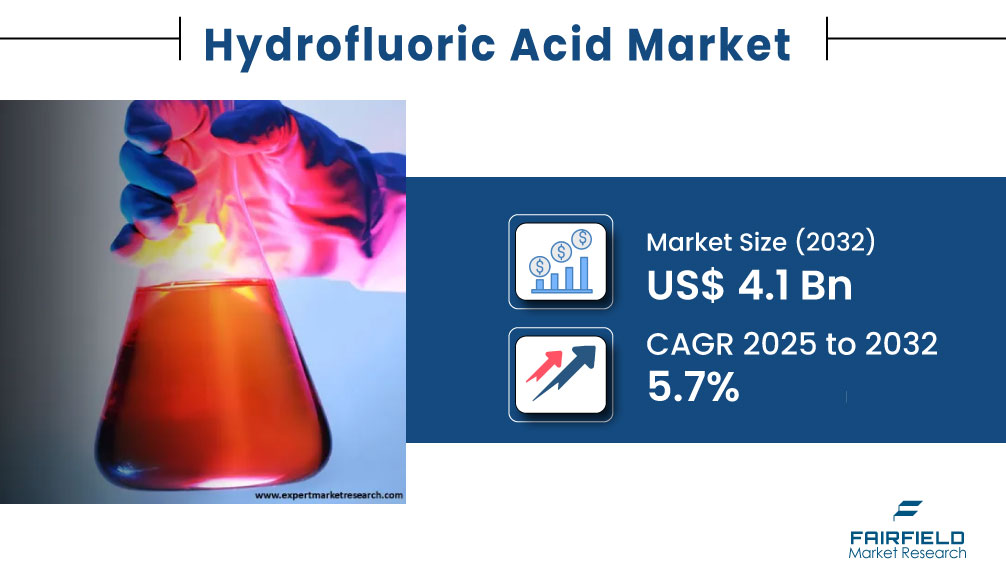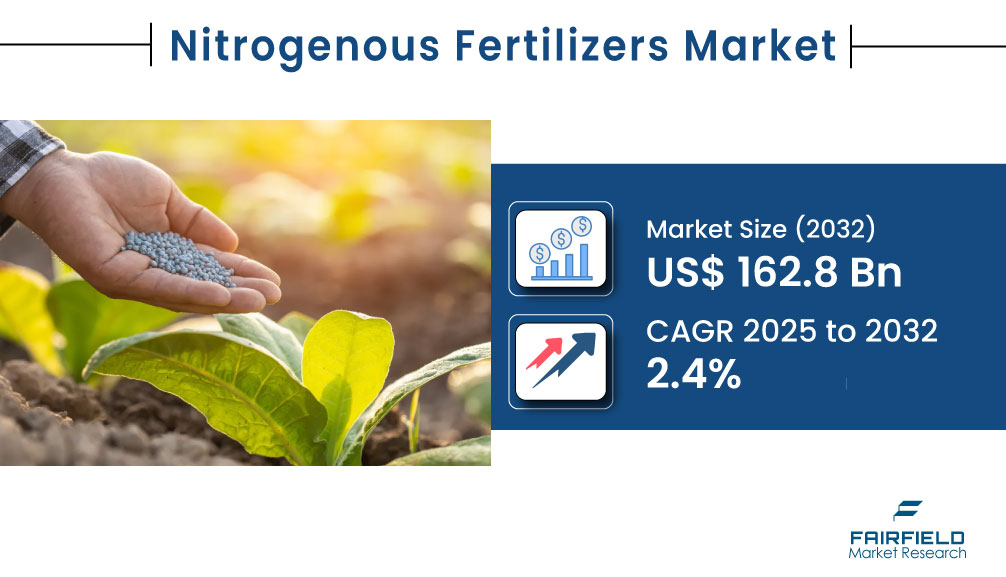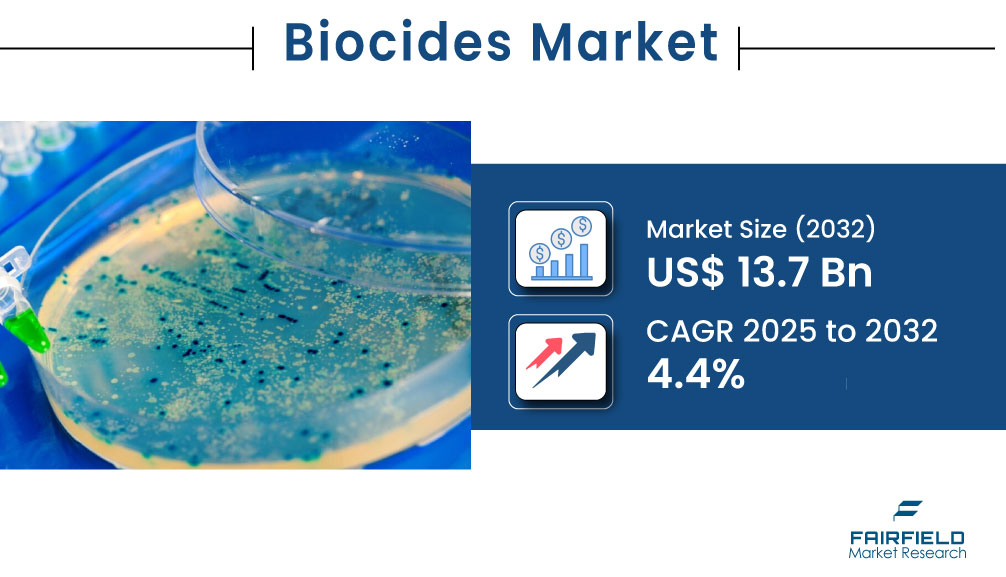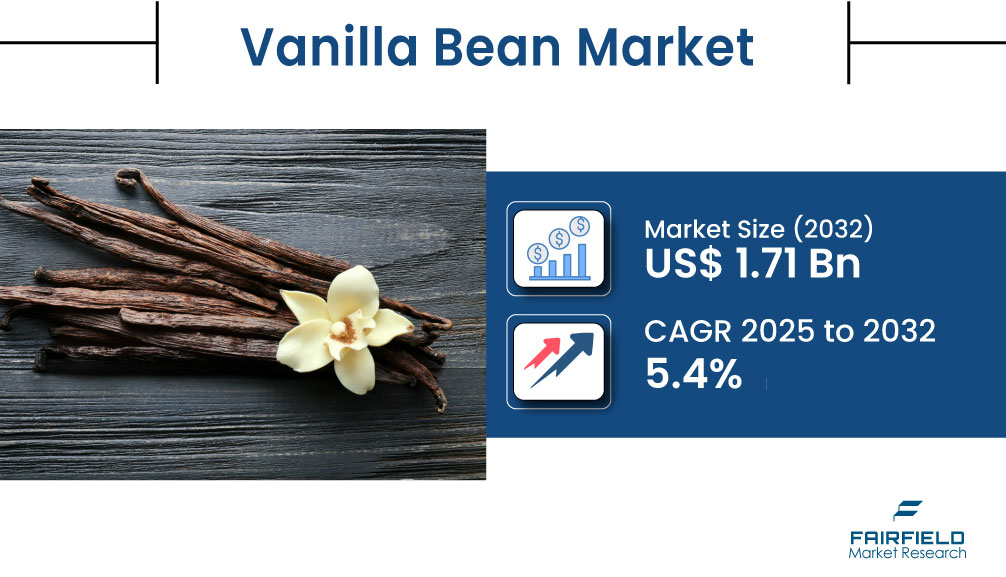Key Drivers Boosting the Electric Vehicle Polymers Industry
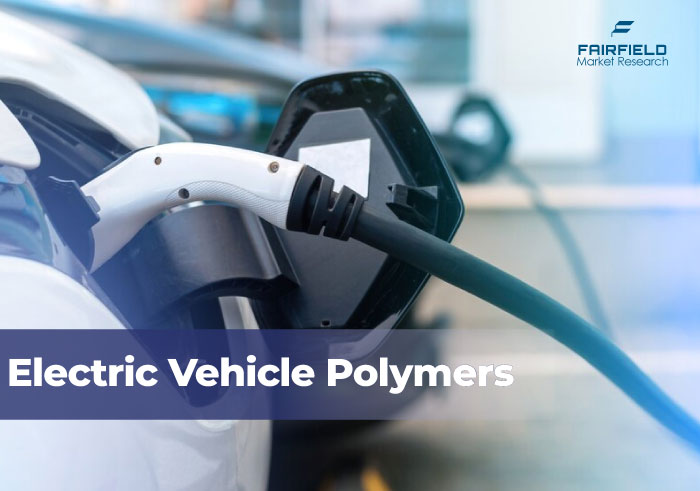
The global electric vehicle (EV) polymers market is set for remarkable expansion, projected to reach US$18.15 billion by 2032, up from US$4.34 billion in 2025. This growth is driven by the increasing adoption of EVs, advancements in polymer technology, and the push toward sustainable mobility. The market is anticipated to grow at a robust CAGR of 22.7% from 2025 to 2032, highlighting the crucial role of lightweight, durable, and recyclable polymers in the evolution of electric vehicles.
For More Industry Insights: https://www.fairfieldmarketresearch.com/report/electric-vehicle-polymers-market
Key Market Insights
Lightweight polymers are essential for enhancing EV energy efficiency and extending driving range by reducing vehicle weight.
Polypropylene (PP) leads the market with a 32% share due to its versatility, cost-effectiveness, and recyclability.
Battery Electric Vehicles (BEVs) dominate the segment, propelled by the global shift toward electric mobility.
Asia Pacific is expected to account for 42% of the market share in 2025, led by China’s dominance in EV production and favorable government policies.
The rising demand for bio-based and recyclable polymers aligns with circular economy principles, driving further innovation in the market.
Advanced polymers tailored for thermal management, electrical insulation, and safety are pivotal for next-generation EV batteries, including solid-state systems.
Strategic partnerships between automakers and polymer manufacturers are accelerating innovation, leading to customized solutions for EV-specific challenges.
Composite materials like carbon fiber-reinforced polymers (CFRPs) are gaining popularity for structural and functional components.
Market Dynamics
Growth Drivers
Advancements in Sustainable Polymer Technologies
The rising emphasis on sustainable and recyclable polymer technologies is a key driver for market expansion. Innovations in bio-based polymers and recyclable plastics are allowing manufacturers to meet regulatory standards and consumer demand for environmentally friendly products.
Sustainable polymers used in recyclable battery components and biodegradable interior materials contribute to waste reduction and enhance EV lifecycle efficiency.
Increasing EV Production and Adoption
Government incentives, emissions regulations, and consumer demand for clean energy solutions are boosting EV adoption.
Polymers provide cost-effective, durable, and customizable solutions, driving their increased use in battery casings, interior trims, and exterior parts.
Asia Pacific, particularly China, remains a key growth hub due to its leadership in EV production.
Challenges and Barriers
High Initial Costs of EV Production and Polymers
The high costs associated with advanced polymer materials pose a challenge, as these specialized polymers are often more expensive than traditional materials like steel and aluminum.
Smaller manufacturers may struggle with integrating these materials into EV production due to financial constraints.
Recycling and End-of-Life Management Issues
The complexity of recycling high-performance polymers and composites presents sustainability challenges.
A lack of proper recycling infrastructure may hinder market growth as regulatory bodies enforce stricter end-of-life disposal requirements.
Trends and Opportunities
Growing Integration of Bio-Based Polymers
As sustainability becomes a major focus, manufacturers are exploring bio-based alternatives to traditional petroleum-derived polymers.
Renewable materials such as polylactic acid (PLA) and bio-based polyethylene are being incorporated into EV interiors, insulation, and exterior components.
Innovations in Polymer Applications for Battery Technologies
The evolution of EV battery technologies has opened new opportunities for polymer applications in thermal management and energy storage solutions.
Advanced polymers with superior thermal conductivity, electrical insulation, and flame retardancy are essential for improving battery efficiency and safety.
The rise of solid-state battery technology requires specialized polymers for electrolyte containment and structural support, further expanding market potential.
Regional Analysis
Asia Pacific Dominance
Asia Pacific leads the market with a projected 42% share in 2025, supported by China’s leadership in EV production.
Countries like Japan and South Korea contribute significantly with their focus on technological innovation and advanced polymer applications.
Europe’s Lucrative Market Position
Europe is emerging as a strong contender due to stringent emissions regulations and the presence of leading EV manufacturers.
The European Union’s push for net-zero emissions, coupled with incentives for EV adoption, fuels polymer demand in the region.
Companies like Volkswagen, BMW, and Renault are integrating lightweight, high-performance polymers into their EV designs to enhance energy efficiency and sustainability.
Competitive Landscape
The electric vehicle polymers market is highly competitive, with key players focusing on innovation, partnerships, and sustainability. Major industry participants include:
BASF SE
SABIC
LyondellBasell Industries Holdings B.V.
Evonik Industries
Covestro AG
Dupont
Sumitomo Chemicals Co. Ltd.
LG Chem
Asahi Kasei
LANXESS
Recent Industry Developments
March 2024: LG Chem introduced a new bio-based polypropylene product for EV interior trims, supporting its Green Chemical initiative.
June 2024: Arkema launched Rilsan® Polyamide 11, a high-performance bio-based polymer designed for EV fuel lines and electrical insulation.
Note: IndiBlogHub features both user-submitted and editorial content. We do not verify third-party contributions. Read our Disclaimer and Privacy Policyfor details.



